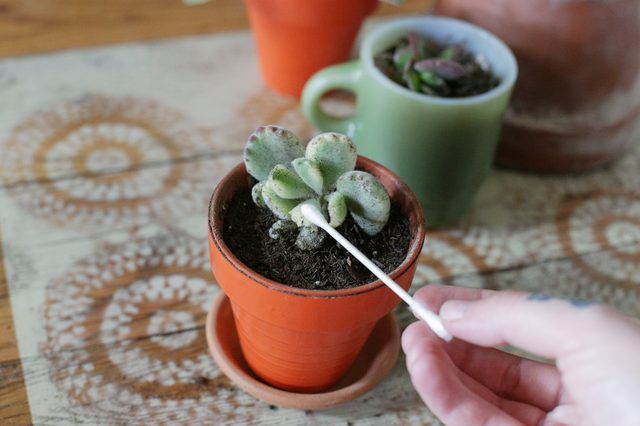Bulbs
Flower Basics
Flower Beds & Specialty Gardens
Flower Garden
Garden Furniture
Garden Gnomes
Garden Seeds
Garden Sheds
Garden Statues
Garden Tools & Supplies
Gardening Basics
Green & Organic
Groundcovers & Vines
Growing Annuals
Growing Basil
Growing Beans
Growing Berries
Growing Blueberries
Growing Cactus
Growing Corn
Growing Cotton
Growing Edibles
Growing Flowers
Growing Garlic
Growing Grapes
Growing Grass
Growing Herbs
Growing Jasmine
Growing Mint
Growing Mushrooms
Orchids
Growing Peanuts
Growing Perennials
Growing Plants
Growing Rosemary
Growing Roses
Growing Strawberries
Growing Sunflowers
Growing Thyme
Growing Tomatoes
Growing Tulips
Growing Vegetables
Herb Basics
Herb Garden
Indoor Growing
Landscaping Basics
Landscaping Patios
Landscaping Plants
Landscaping Shrubs
Landscaping Trees
Landscaping Walks & Pathways
Lawn Basics
Lawn Maintenance
Lawn Mowers
Lawn Ornaments
Lawn Planting
Lawn Tools
Outdoor Growing
Overall Landscape Planning
Pests, Weeds & Problems
Plant Basics
Rock Garden
Rose Garden
Shrubs
Soil
Specialty Gardens
Trees
Vegetable Garden
Yard Maintenance
How to Care for Bear Paw Succulents
How to Care for Bear Paw Succulents. Bear paw (Cotyledon tomentosa) plants feature bright green succulent leaves with reddish-brown teeth along the margins, which resemble the claws of a bear. They grow outdoors in U.S. Department of Agriculture plant hardiness zone 10, but they also thrive as a potted plant indoors. Although primarily grown for...
Bear paw (Cotyledon tomentosa) plants feature bright green succulent leaves with reddish-brown teeth along the margins, which resemble the claws of a bear. They grow outdoors in U.S. Department of Agriculture plant hardiness zone 10, but they also thrive as a potted plant indoors. Although primarily grown for their evergreen leaves, bear paws can also produce yellow or orange, bell-shaped flowers during the growing season.
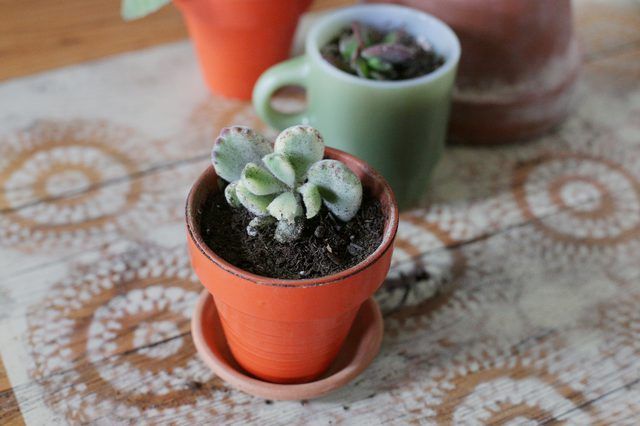
Bear paws grow in bright shaded areas where they rarely receive direct sunlight. Outdoors, plant them in slightly sandy, well-drained soil where water doesn't collect after rain or irrigation. Potted plants require a container with at least one bottom drainage hole. Potting mixture made from two parts coarse sand, two parts soil and one part peat provides adequate drainage. When planting bear paws in containers, select pots only slightly larger than the root system.
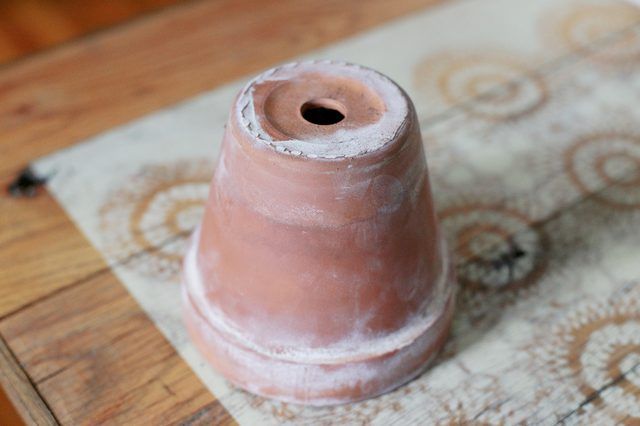
Regular deep watering in the summer months, when the plant is actively growing, keeps the bear paw healthy. Water garden plants deeply once weekly when there is no rainfall, supplying about 1 inch of water. Potted plants require watering when the soil had almost completely dried. Fully drench the soil until the water drains from the bottom hole in the pot, and empty the collected water after the pot finishes draining. Bear paws only require enough water in winter so the soil doesn't dry completely and the plants don't shrivel.
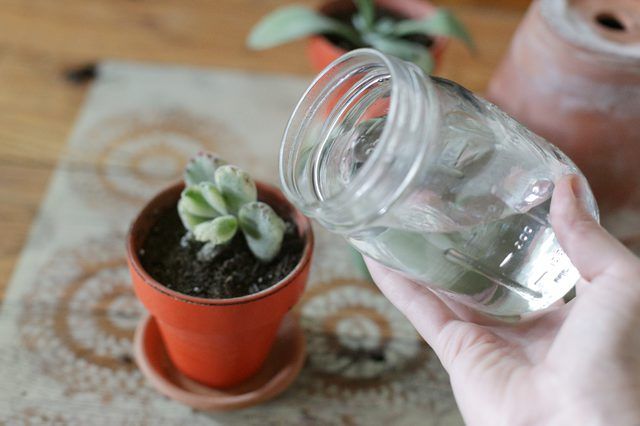
Light fertilization twice monthly is only necessary during the active summer growing season, usually from April to August. An all-purpose, water-soluble fertilizer, such as a 24-8-16 blend, works well for succulent plants. Dilute ? teaspoon of the fertilizer in 1 gallon of water or mix to package directions. Water the bear paw with the solution at two-week intervals.
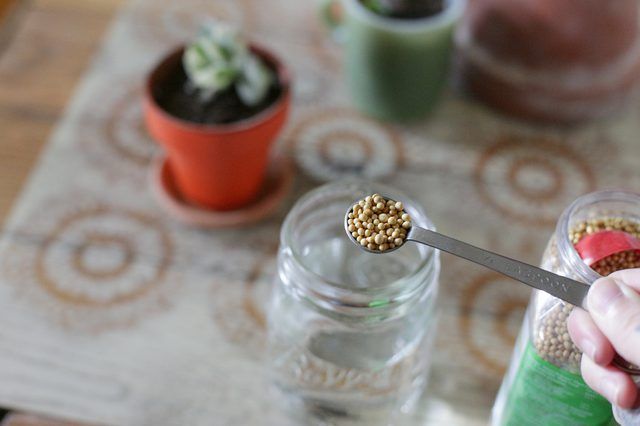
Plants grown outdoors in colder regions require overwintering indoors. Bring the pots inside before temperatures drop below freezing in the fall. The plants will overwinter with bright, indirect sunlight. Avoid fertilization and overwatering during this time. Garden plants will only survive if your area doesn't experience a freeze. You can briefly cover plants with a light mulch, such as straw, to help them survive a light frost.
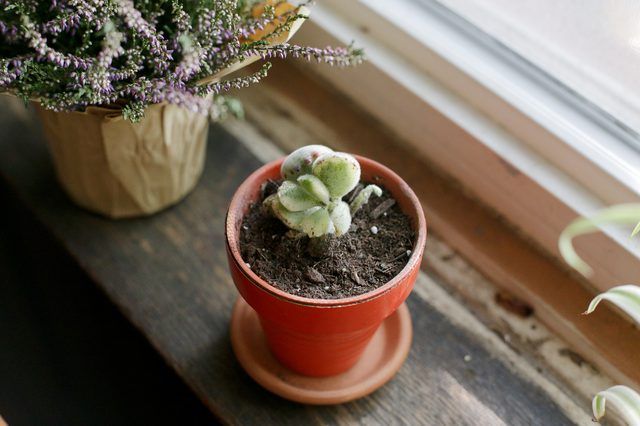
Scale, which resembles small gray or brown growths along stem and leaf surfaces, and waxy white mealy bugs are the primary pests that can damage your bear paw. Both insects have a waxy coating that protects them from many common insecticides. Get rid of them with a cotton swab soaked in rubbing alcohol applied directly to the pests. The alcohol dissolves their protective coating and kills the pests.
